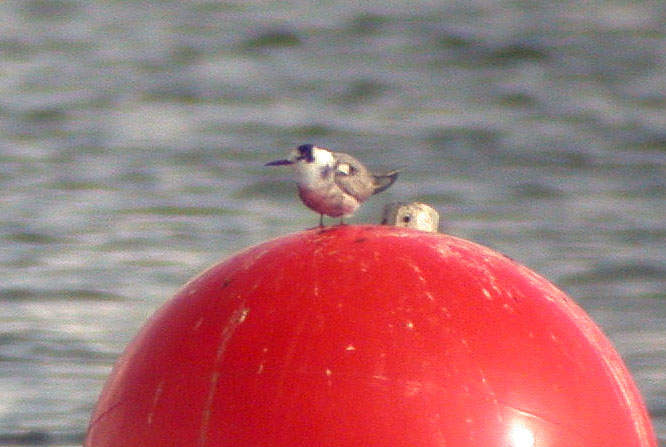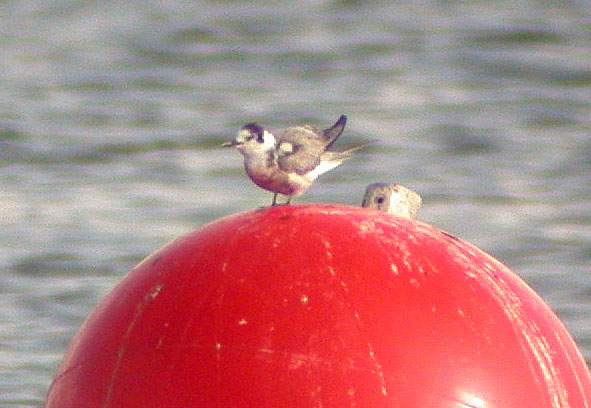October 2005
The month began with a trip to Cornwall to catch up with some American waders. First stop was Drift reservoir, to see the juvenile LONG-BILLED DOWITCHER. The dowitcher was very approachable, and associated with a juvenile spotted redshank, which it would follow everywhere.


The photos below show the dowitcher. The diagnostic dark-coloured middle of the tertial feathers can be seen.
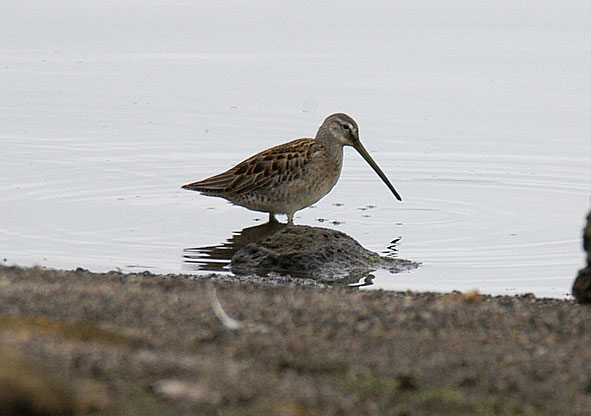
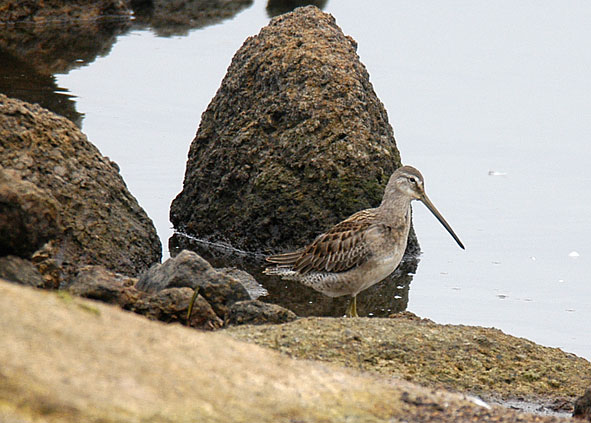
These shots show the splendid juvenile spotted redshank.
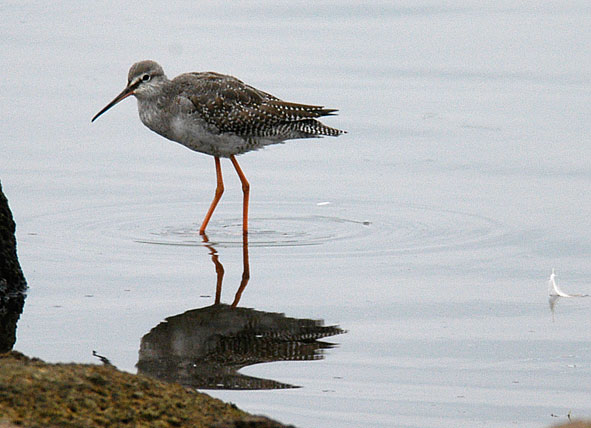
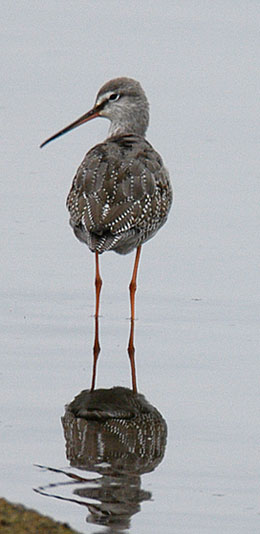
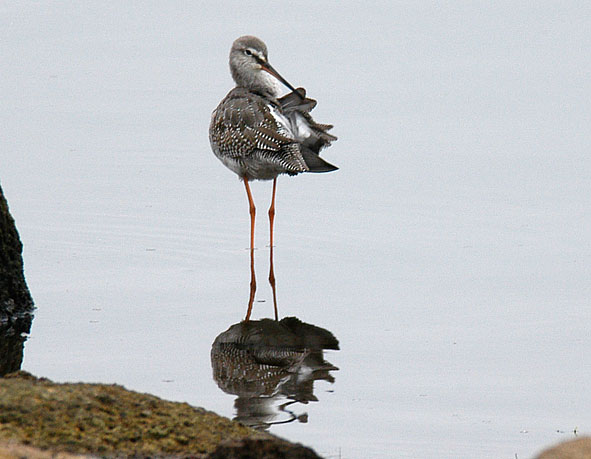
We then visited Polgigga to look for the elusive upland sandpiper. We met one guy who had been looking for it over one-and-a-half days without success. The bird had been seen earlier in the morning, but had disappeared shortly before we arrived at the location. After searching, we went to Gwennap Head, Porthgwarra, but the conditions were more conducive to sunbathing rather than seawatching. The only bird of note was an adult Mediterranean gull, flying west. In the afternoon we returned to look for the sandpiper, close to where it was last seen, to be informed that it was seen briefly about 30 mins earlier south of where we were. Just as we arrived back at the car we heard the characteristic call of an UPLAND SANDPIPER behind a farm building. The bird called repeatedly as it circled close by, sounding like a speeded-up quail, but was obscured from view by the farm. Two other birders caught sight of it briefly. The sandpiper was not seen again that day, and was only sighted briefly over the next 2 days, being chased by a peregrine on the second occasion! So much for the textbook description that states that the species is ' often tame, migrants sometimes exceptionally so'!
I visted Slimbridge to see the RED-NECKED PHALAROPE. The bird is in extensive moult into first-winter plumage, and its delicate build can be appreciated alongside the teal in the photos below.
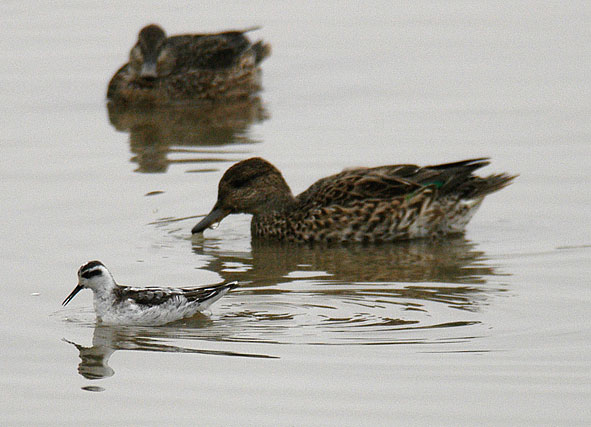
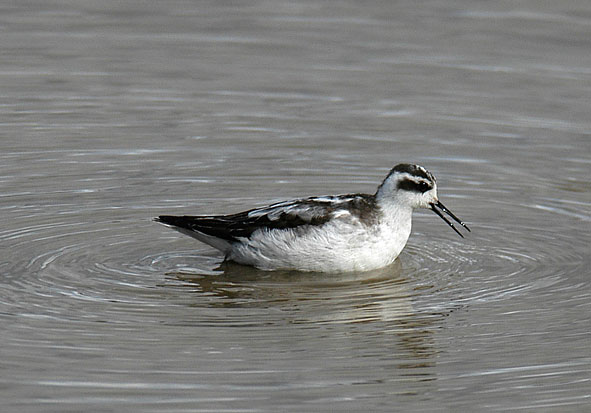
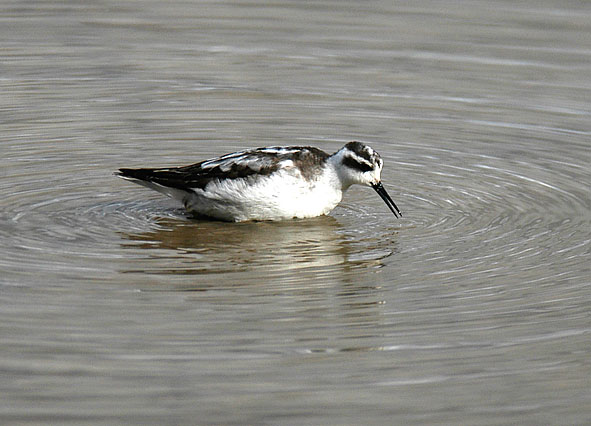

Also present were a distant juvenile BAIRD'S SANDPIPER and a free-flying male red-crested pochard, coming out of eclipse plumage.
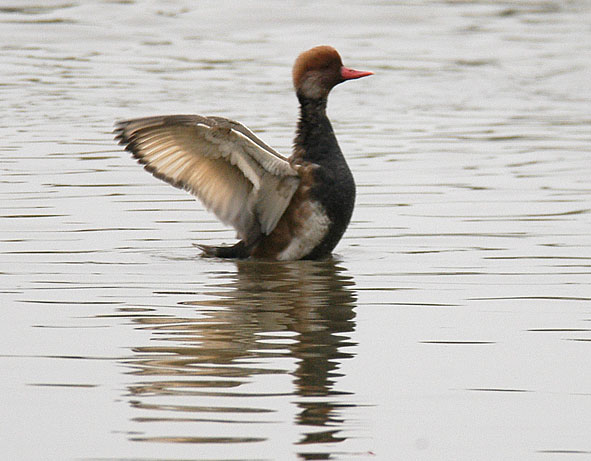
The first-winter SQUACCO HERON at Courtney Park in Newton Abbot was stunning. The bird frequents a small fish pond in a park near the town centre, and can be approached to within a few feet. It has been present for perhaps 12 days now. Local people throw bread to attract fish, which are then stabbed by the heron!
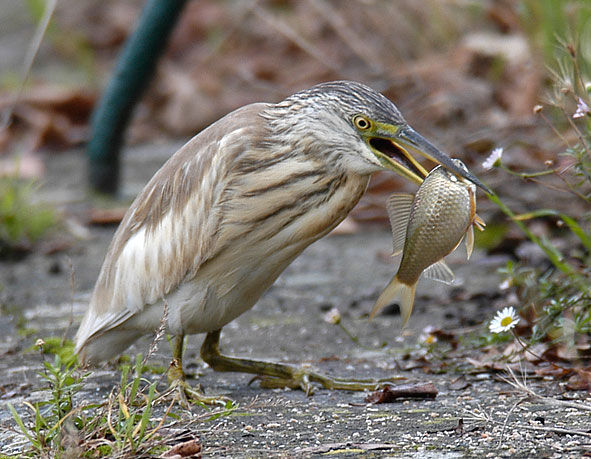
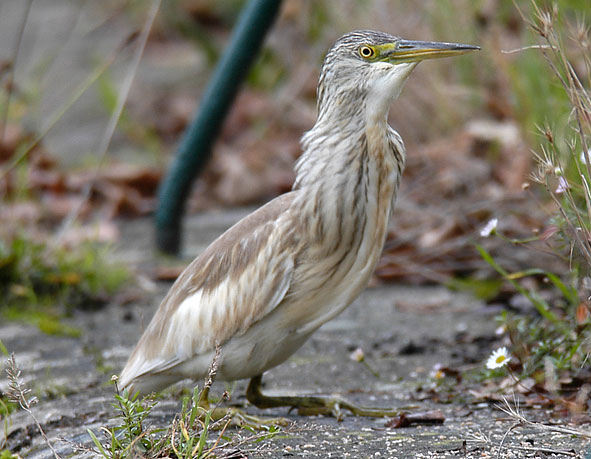
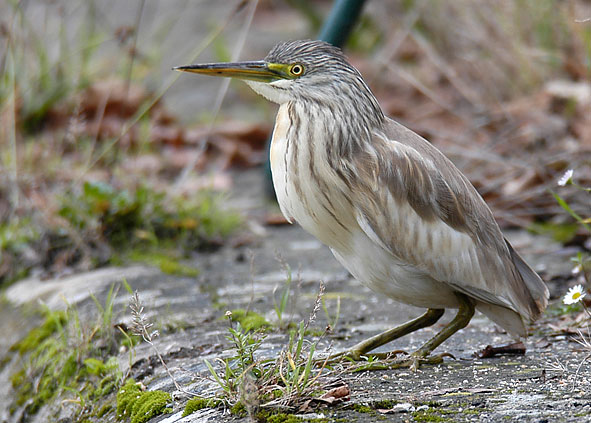
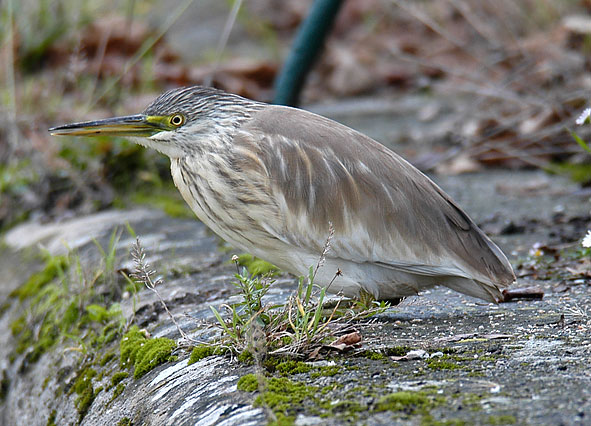
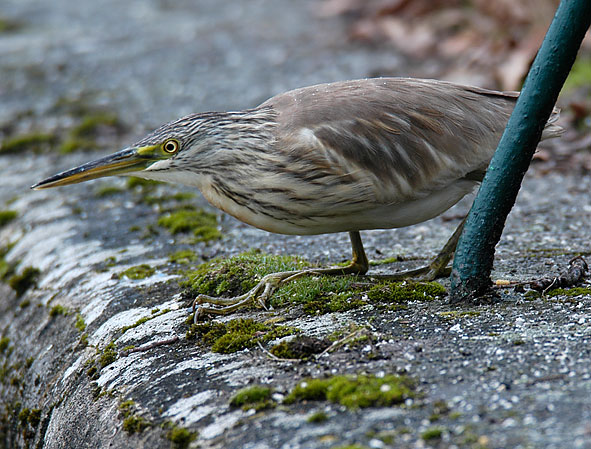
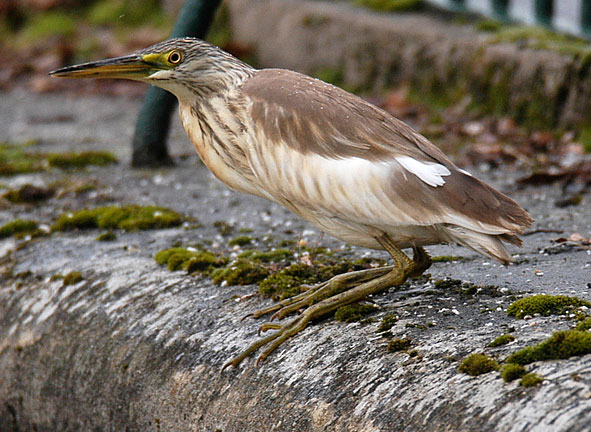
Three juvenile velvet scoters and a grey phalarope were present at Chew on 20th, together with a red-breasted merganser, 15 goldeneye, 3 black-necked grebes, 8 golden plover, 3 dunlin, 5 ringed plover and 2 stonechats. Brean Down held at least 2 ring ouzels on 22nd, and an adult black tern at Cheddar reservoir caused some debate as to whether it was the European race niger, or the American surinamensis. Some digiscoped pictures below.
